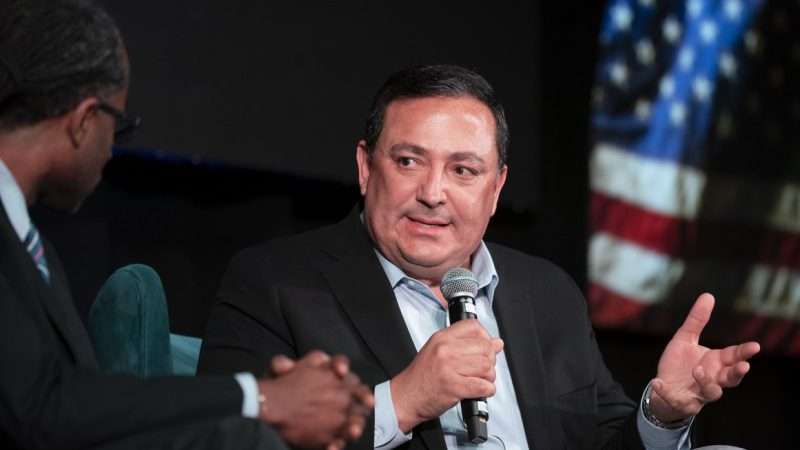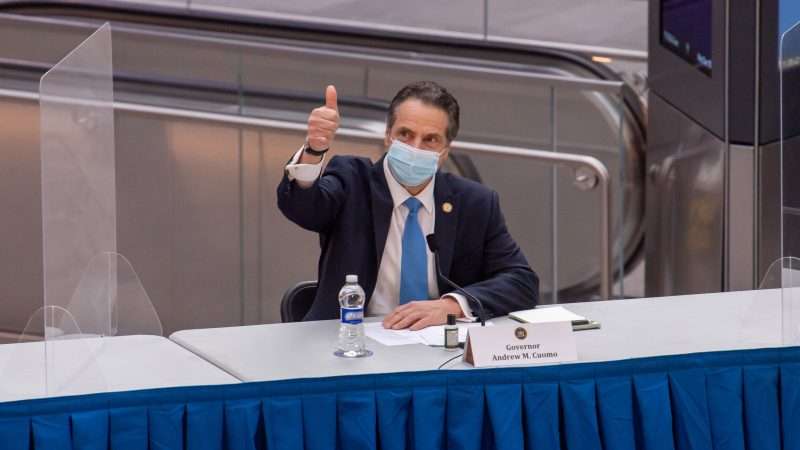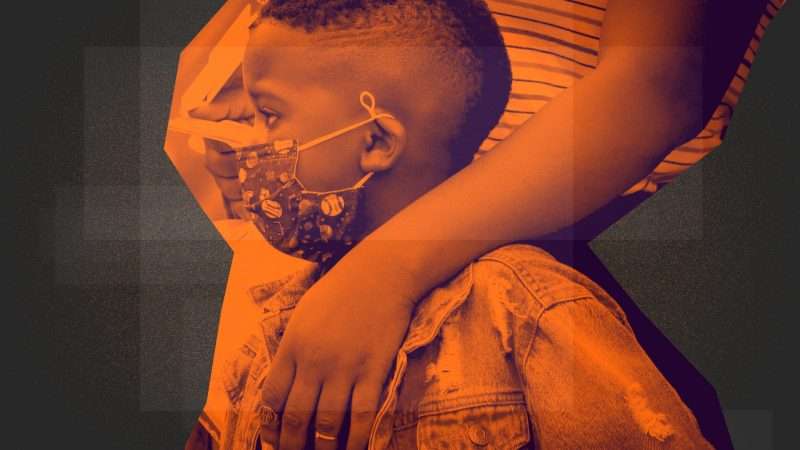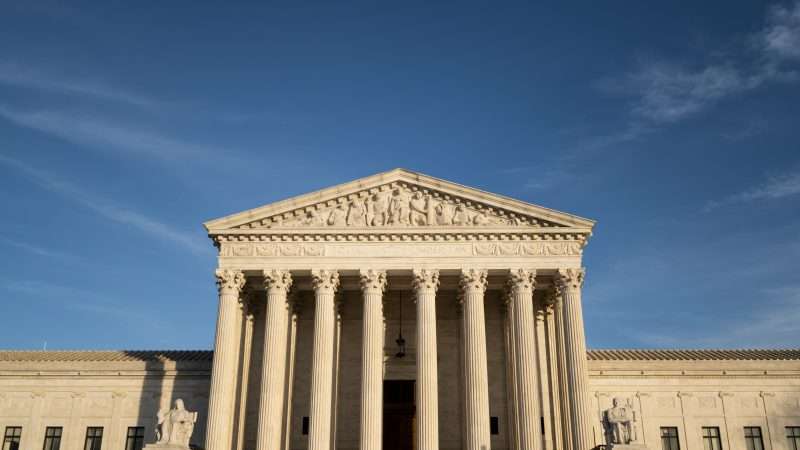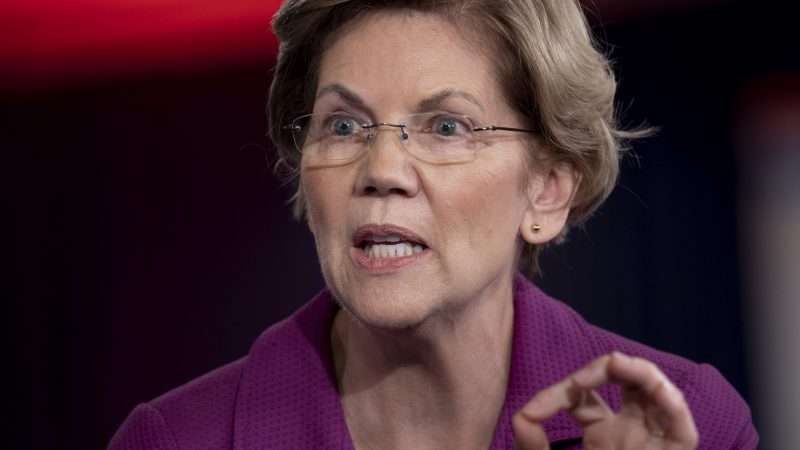
If you follow video game news, you’ve probably seen reports of solved puzzles, unlocked secrets, and game-breaking stunts meant to test the limits of a game’s design.
Sometimes these feats, which can range from speed runs to accessing game areas never meant to be explored, can take years of effort. Other times, they take hours or days, with puzzles meant to take months (or secrets meant to stay hidden forever) unlocked with unexpected rapidity. In every case, the secret is players working together, usually in an ad hoc fashion, loosely—and I mean very loosely—coordinating via online forums.
These exploits have varying purposes: to beat intentionally designed in-game challenges, to map the vulnerabilities and quirks of a game’s architecture, to secure loot drops or other high-level prizes, or just to brag about what you and your community have done online. Why climb the mountain? Because it’s there.
So one way of looking at the crowdsourced escalation of stock prices for GameStop, AMC Theaters, and other companies over the last few days—coordinated largely but not exclusively through the meme- and profanity-laced Reddit forum WallStreetBets—is as an inevitable advancement of online video game culture, and the prankish, puckish spirit of both earnest and mock heroism that flows through so many of these efforts. This was a meme-managed, crowdsourced effort to exploit a quirk in the financial system, to test its limits, and, in a way, to break the game.
The “players” involved did it for any number of reasons. There was a belief that it would afflict the powerful by causing hedge funds that bet heavily on GameStop’s decline to lose money. There was a desire for personal gain—not loot drops, but the real money that at least some of these investors are earning. And failing that, there was a sense of camaraderie and communal purpose: The real treasure was the memes they made along the way.
It’s also born out of a persistent desire apparent in so much online crowd behavior, from flash mobs to Boaty McBoatface: to simply cause amusing chaos, to see how far things can go. If you could organize a bunch of message board shitposters to bid up the price of a struggling relic of mall-era America and maybe collapse a multi-billion-dollar hedge fund in the process…why wouldn’t you? Do it for bragging rights. Do it for money. Do it for the community. But mostly, do it for the lulz.
Of course, if there’s one thing America’s national political class does not like or understand, it is lulz. Lulz are inherently chaotic and disorderly, and that tends to cause headaches for most anyone with a bureaucratic bent. But it also produces reactions like one we saw yesterday, in which Sen. Elizabeth Warren (D–Mass.) used the GameStop episode to call for intervention by the Securities and Exchange Commission (SEC).
It’s not at all clear what the SEC could do to stop what is essentially a financial market flash mob, aside from ensure that no large institutional investors are secretly in on the WallStreetBets side of the trade. If that’s the case (and it may well be, though who knows), then the SEC will probably end up taking some sort of action based on existing rules designed to prohibit fraudulent pump-and-dump schemes, where stocks are artificially boosted and sold off.
But mostly it just goes to show the limits of Warren’s technocratic brand of populism. For years, she’s positioned herself as a defender of average Americans and a critic of big finance. And in this case, she frames her argument as an indictment of the “hedge funds, private equity firms, and wealthy investors dismayed by the GameStop trades.” Yet if the SEC were to intervene in the GameStop trades, it’s more likely it would end up doing so in a way that benefited the big hedge funds who bet on the game retailer’s fall. It would be to tip the scales against a movement that sees itself as a populist uprising.
I say “sees itself,” because the populist valence of this particular form of guerilla financial warfare has probably been at least somewhat overstated. Some of the retail investors battling the hedge funders will probably make out like bandits; others are likely to lose money.
Some of the money losers are probably prepared to take financial hits, and are effectively paying to consume the experience, like gamblers who come into a casino prepared to lose a certain amount of money in order to have a good time. But there may well be others for whom that isn’t true. This episode won’t end without some sort of consequences.
That’s not to take Warren’s side; the SEC has no call to intervene in a market tug-of-war that is freely chosen and entered into by all. On the contrary, this context and complexity highlight the ways Warren’s bright-line, heroes-and-villains approach tends to fail as a justification for regulatory intervention.
Besides, it is pretty funny. Let the lulz play out.
from Latest – Reason.com https://ift.tt/3pFwa4J
via IFTTT
